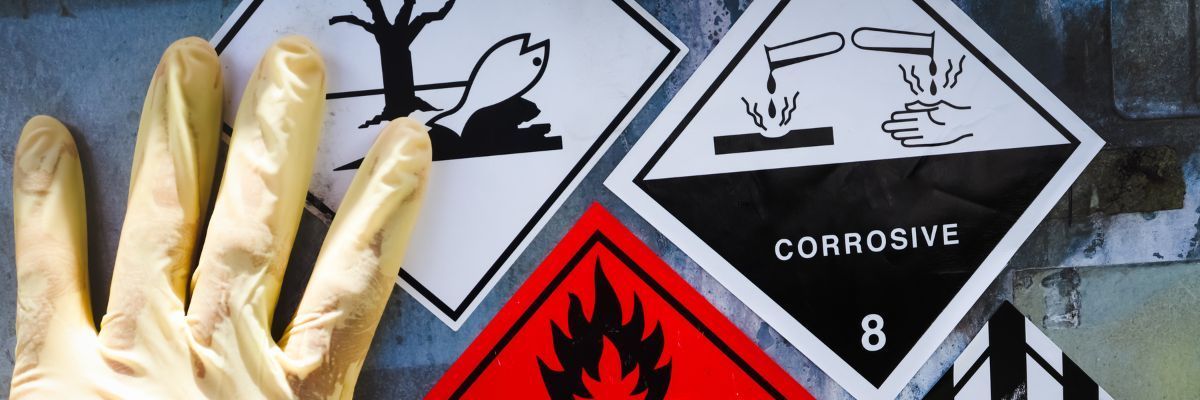Why Trauma Cleanup Requires Certified Professionals
Cleanup is never pretty.

1. Health and Safety: Biohazard Risk
Trauma scenes often involve blood, bodily fluids, and pathogens. These carry serious health risks including hepatitis, HIV, MRSA, and other infections. Professionals use proper protective equipment and follow OSHA protocols to prevent exposure.
2. Specialized Equipment and Techniques
Everyday cleaning tools are inadequate. Certified teams use EPA-approved disinfectants, foggers, ozone treatments, and containment gear to neutralize pathogens thoroughly.
3. Legal Compliance and Proper Disposal
Handling biohazardous waste requires strict adherence to federal and state regulations. Certified professionals follow legal routes for disposal and record-keeping, avoiding potential fines or liability.
4. Emotional Sensitivity and Mental Recovery
Trauma sites are emotionally charged. Certified cleanup crews are trained to work with discretion and empathy, reducing further trauma for those affected.
5. Protecting Property and Long-Term Health
Biohazardous materials can degrade property, lead to mold, odors, or structural damage if left unattended. Professionals ensure full remediation and restoration.
6. Certification and Industry Standards
Certifications like IICRC S540 and ABRA credentials prove adherence to best practices. Certified technicians meet professional standards and use validated protocols.
Augustus Young


